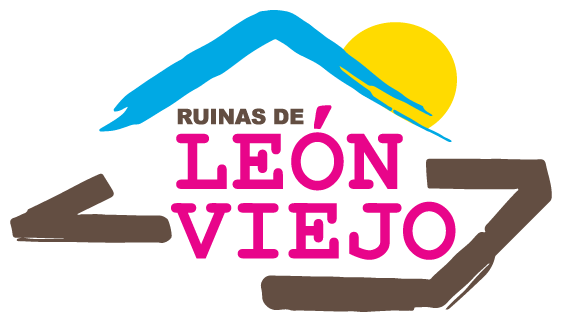Royal Council
Colonial Structure No. 2
Built in the period of 1531-1545, with walls made of mud bricks and talpuja earth plaster, its roof covering was clay tiles. It had an area of 513 m².
During the active period of the city, it served as the seat of Spanish government.
All the ruins and structures of the city were unearthed and discovered in 1967 by UNAN-León. Due to the effects of Hurricane Aleta in 1982, this structure was once again buried. It was rediscovered through archaeological excavations funded by the Junta de Andalucía during the year 2013.
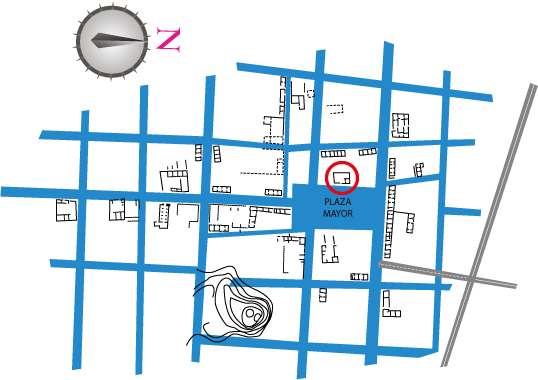 Architectural floor plan
Architectural floor plan
 Site Plan
Site Plan
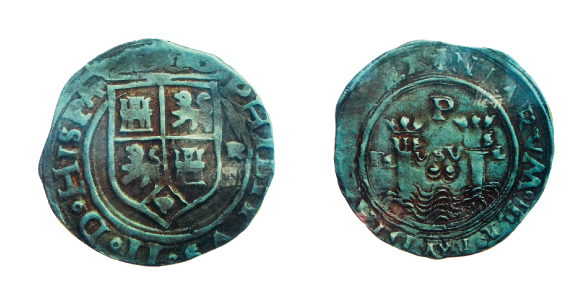 "Real de a ocho" coin in circulation in America during the colonial period.
"Real de a ocho" coin in circulation in America during the colonial period.
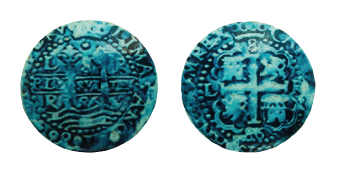 "Macuquinas" Spanish coins minted in the mints of America.
"Macuquinas" Spanish coins minted in the mints of America.
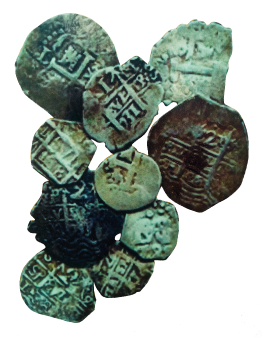 "Real de a dos" Coin
"Real de a dos" Coin
"Real de a dos" coin in circulation in Nicaragua. Found in this building during archaeological excavations in the year 2013.
The oldest currency introduced to Nicaragua by European society, following the Spanish arrival, was the "maravedí". Later, the "reales de plata" and the "ducados de oro" came into use, with which the salaries of the governors were paid.
Additionally, gold doubloons and silver blancas were common.
In León de Nagrando, the currency of the "real de a dos" circulated, a silver coin minted in Peru for circulation in the province of Nicaragua. However, the most widely circulated currency in America was the "real de a ocho", which granted economic hegemony to the continent.
